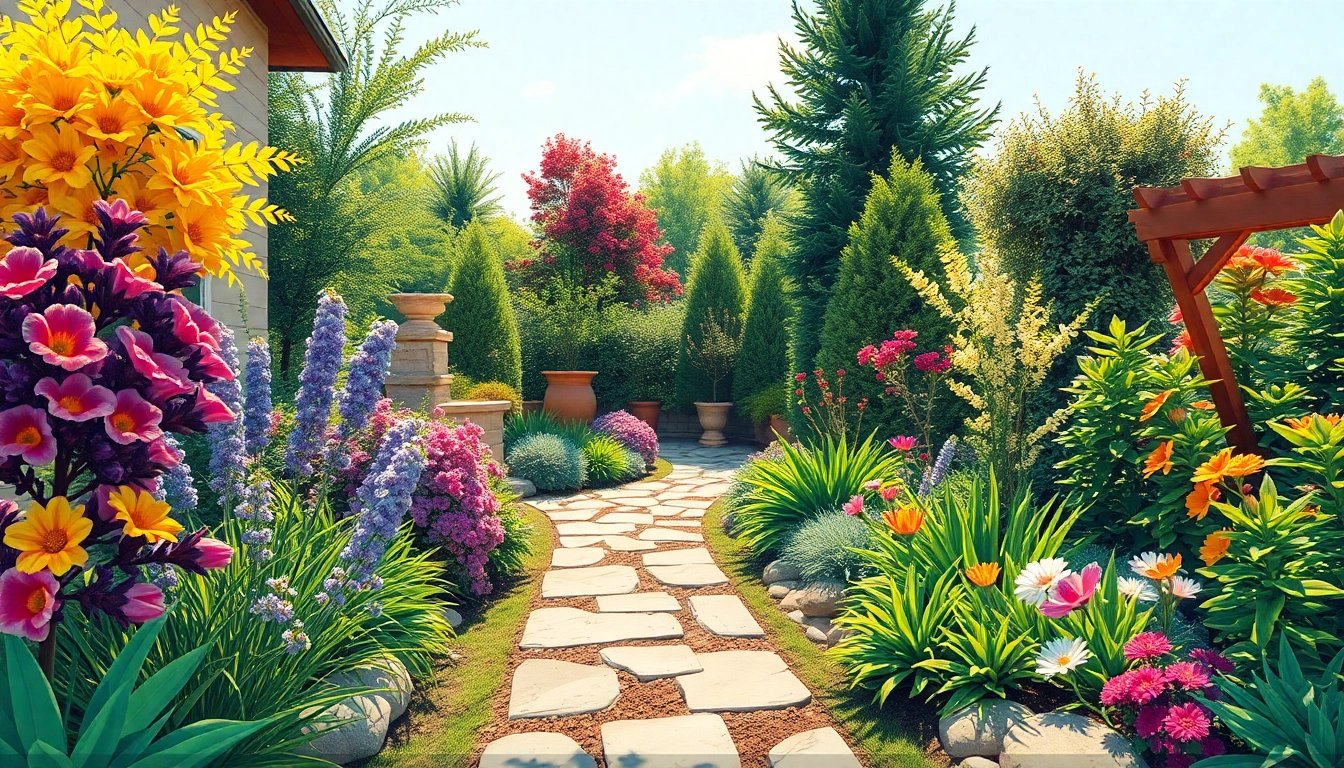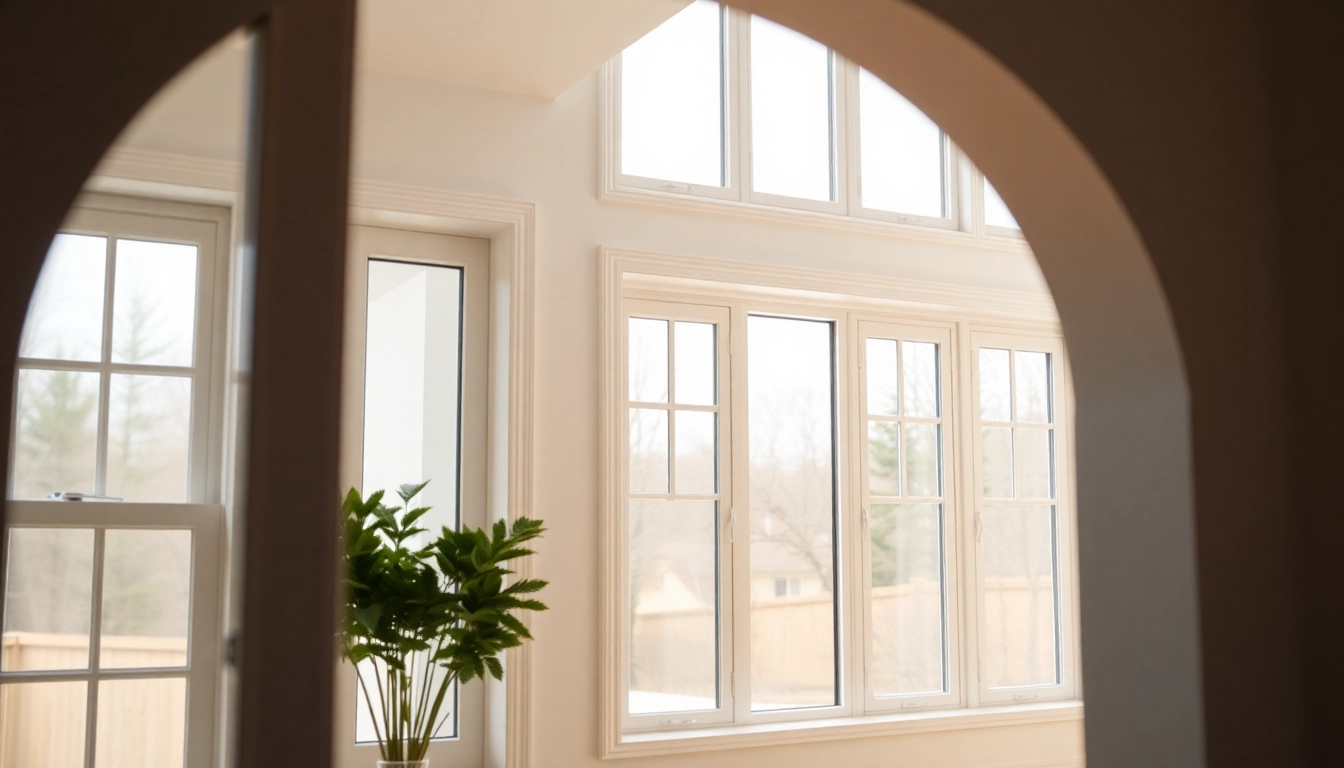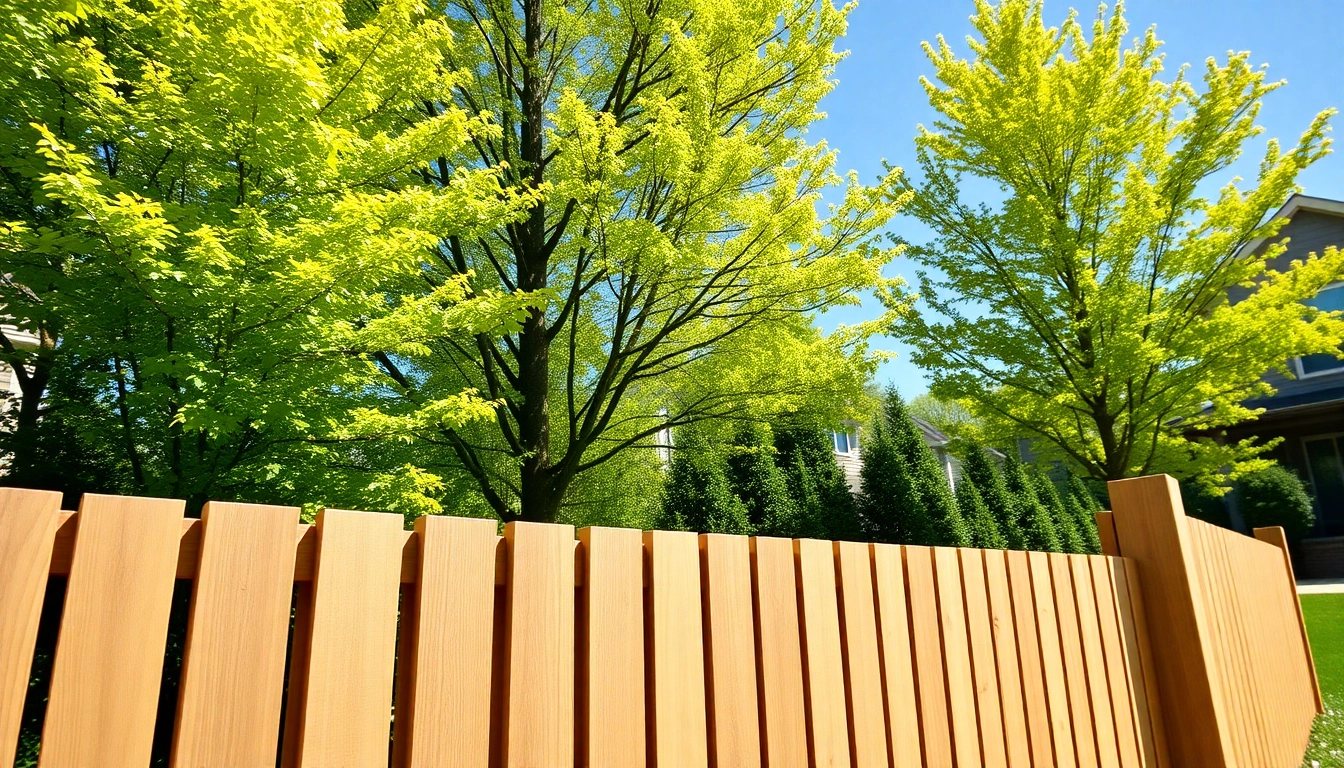Understanding Landscaping Company Pricing
What Does Landscaping Company Pricing Include?
When considering landscaping services, it’s important to understand what the pricing encompasses. Landscaping company pricing typically includes a variety of components that can affect the overall cost. Most importantly, services may range from basic lawn maintenance to intricate hardscape designs, each with its own pricing structure.
Primarily, landscaping prices factor in labor, materials, and equipment costs. Labor usually comprises the largest portion of the expenses given the skill and effort involved in performing landscaping tasks. For instance, hiring professionals to design and install a water feature or to construct a patio requires not only physical labor but also expertise in design principles.
Materials, such as soil, plants, mulch, stone, and other hardscape elements, also play a critical role in pricing. Depending on the quality and types of materials chosen, costs can vary significantly. This is where the idea of landscaping company pricing becomes essential, as premium materials will naturally inflate the overall project costs.
Finally, equipment costs include expenses related to machinery that may need to be rented or purchased for a specific job, such as excavators or hydroseeders. Together, these elements create a comprehensive pricing strategy for landscaping projects.
Common Pricing Structures in Landscaping
Landscaping companies typically utilize several common pricing structures, each catering to different client needs and projects. Here are the most prevalent forms:
- Hourly Rate: Many landscaping companies charge an hourly rate for their services, which can vary based on expertise and location. This structure works well for smaller, less complex tasks.
- Flat Rate: For defined projects, many companies offer a flat rate pricing model. This is common for services like lawn installation, garden design, or hardscape installation, where the scope of work is easily measurable.
- Consultation Fees: Initial consultations are often charged separately, allowing potential clients to understand the landscape’s requirements and the project’s expected budget without committing financially upfront.
- Service Packages: Some companies create comprehensive landscaping packages that bundle various services, such as lawn care, seasonal planting, and maintenance, at a discounted rate.
Key Factors Influencing Landscaping Costs
Landscaping costs can fluctuate widely based on numerous factors. Understanding these can help homeowners manage their financial planning effectively. Key influencers include:
- Geographic Location: Prices often vary significantly based on where you live. Urban areas or regions with a high cost of living may experience higher rates than rural locations.
- Project Scope: The complexity and size of the project can significantly influence costs. Larger spaces or detailed designs naturally equate to higher prices.
- Seasonality: The time of year can impact costs. Many landscaping projects are seasonal; thus, off-peak times might yield better prices due to reduced demand.
- Plant and Material Selection: The types of plants and materials chosen will influence costs. Exotic plants or high-end materials can escalate the project’s budget considerably.
Evaluating Your Landscaping Needs
How to Assess Your Landscape Requirements
Before embarking on a landscaping project, it’s crucial to assess your specific landscape requirements. Start by analyzing your outdoor space: consider the existing conditions, such as sunlight, shade, soil quality, and drainage. Additionally, think about how you plan to use the space. Do you want an area for entertaining, gardening, or simply for aesthetic appeal? Consulting with a landscape professional during this phase can also offer valuable insights.
Identifying Your Budget Range
Budgeting is an essential part of any landscaping project. To identify your budget range, first gather information from different sources, including estimates from various landscaping companies and analysis of potential project costs. Consider setting aside an additional 10-20% of your budget for unexpected expenses that may arise during the project.
Common Landscaping Projects and Their Costs
Understanding common landscaping projects and their associated costs will aid in managing expectations. Here are typical projects and their estimated costs:
- Lawn installation: $1,000 – $3,000 (depending on square footage)
- Garden bed installation: $300 – $1,500 (based on plant selection and design complexity)
- Patio installation: $2,000 – $5,000 (depending on materials and size)
- Outdoor lighting: $1,500 – $3,000 (depending on the extent of the lighting required)
- Irrigation systems: $1,000 – $5,000 (contingent on yard size and system features)
Comparing Landscaping Quotes
How to Request and Compare Quotes
When gathering quotes from different landscaping companies, provide each one with the same specifications to ensure comparability. This includes details like the type of plants, materials to be used, and any design features you want. Review the quotes carefully to understand their inclusions: some landscapers may provide ongoing maintenance, while others may not.
Red Flags to Watch For in Pricing
While assessing quotes, be wary of certain red flags. Extremely low bids might indicate that the contractor is cutting corners, potentially leading to poor-quality workmanship. Conversely, bids that are significantly higher than the others may not be justified. Always verify the credentials of the service provider and ensure they have relevant experience backed by positive references.
Negotiating for Better Pricing
Negotiating landscaping pricing can be beneficial, particularly if you have received multiple quotes. Do not hesitate to ask about potential discounts for package deals or off-season pricing. Landscaping companies may be willing to shed light on flexibility in pricing on extensive projects or introductory offers for first-time customers.
Enhancing the Value of Your Landscape Investment
Best Practices for Financial Planning
Employing best practices for financial planning is fundamental to optimizing your landscaping investment. Create a detailed budget that includes various categories of expenses and allows for adjustments as needed. Align your financial planning with your project timeline to keep costs controlled and manageable.
Long-term Maintenance Costs to Consider
Long-term maintenance costs should not be overlooked. After a landscaping project is completed, ongoing maintenance is necessary to keep it looking its best. For instance, consider the expenses related to lawn care, tree trimming, seasonal planting, and irrigation upkeep. Incorporating these future costs into your initial budgeting can avoid financial surprises down the road.
Understanding Return on Investment in Landscaping
Understanding the return on investment (ROI) for landscaping is critical for homeowners. Well-executed landscaping projects not only improve the aesthetic value of properties but can also lead to an increase in home values. On average, homeowners can expect a landscaping return on investment of 100% to 200% when selling their homes, depending on the quality of the work performed.
Case Studies of Successful Landscaping Projects
Before and After: Transformational Examples
Looking at case studies can help illustrate the potential of landscaping investments. For example, consider a family that transformed their 300-square-foot backyard into an enchanting garden oasis. Initially, the space was poorly managed and bland, but with a budget of $10,000, they hired a professional landscaper who created a vibrant environment with diverse plantings, a small pond, and a custom patio. Post-transformation, the family reported an enhanced quality of life and enjoyment from their outdoor space.
Cost Breakdown of Notable Landscaping Works
Analyzing the cost breakdown of notable landscaping projects offers insights for prospective clients. For instance, significant projects might show how $15,000 was allocated: $8,000 for landscaping design and installation, $4,000 for hardscape features (like pathways and patios), and $3,000 for irrigation systems. Such information serves to inform homeowners on how to anticipate and manage their costs effectively.
Customer Testimonials on Pricing and Value
Customer testimonials can add another layer of understanding regarding landscaping pricing and overall satisfaction. Many clients express that their investment in landscaping significantly increased their outdoor usability and home value, offering a sense of fulfillment that extends beyond monetary aspects. When potential customers can read real stories from past clients, it can validate the associated costs and benefits, enhancing their decision-making process.



